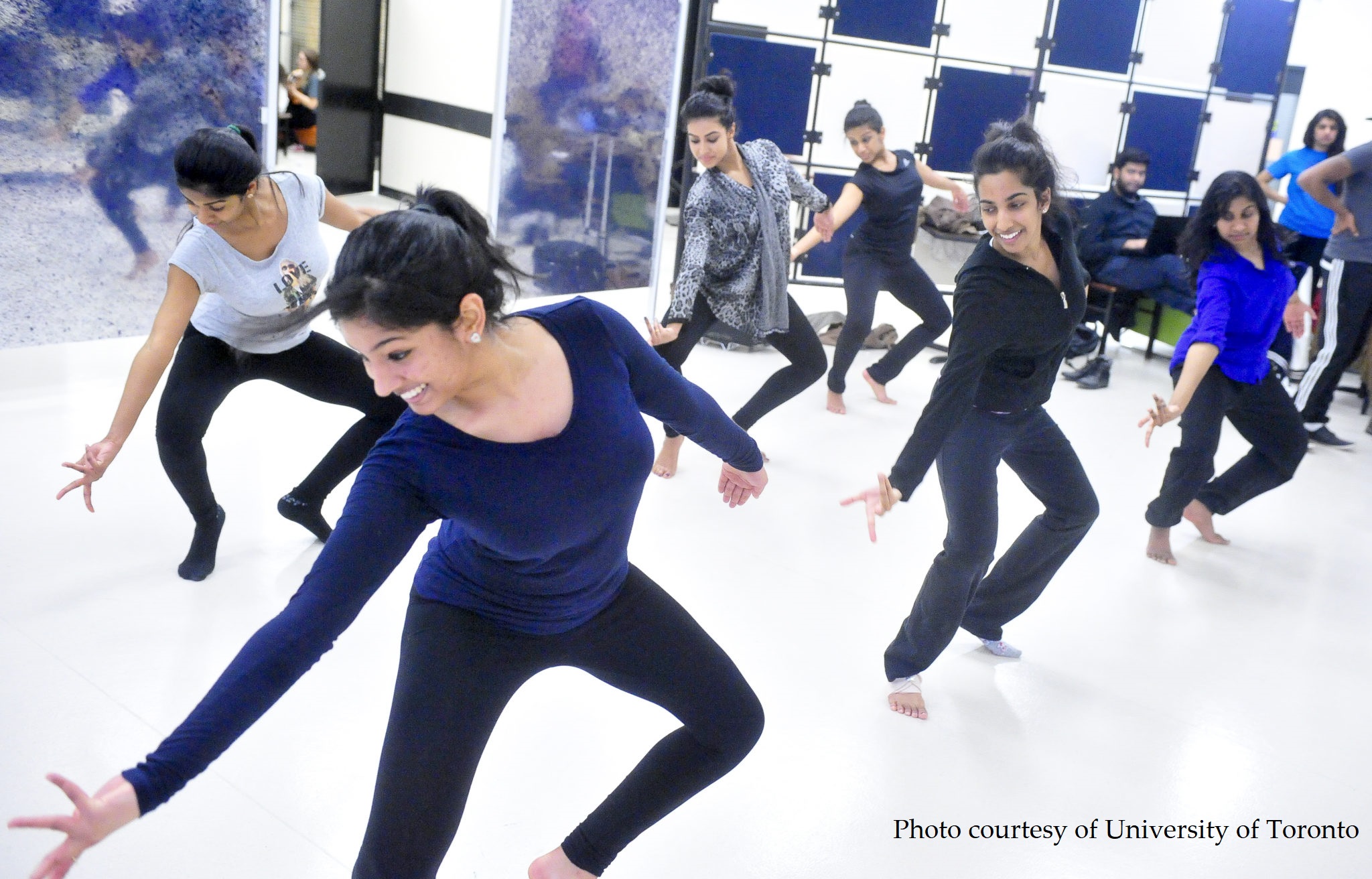A recent special issue on developing creativity, Gifted and Talented International included an article authored by NSSE Research Scientist Angie Miller that dives deeper into the connections between creative coursework and student engagement for seniors.
A large body of research demonstrates that creativity training can be effective in academic situations, in K-12 as well as higher education. Prior research using items from the NSSE Senior Transitions Topical Module suggests that creative coursework exposure varies by major field, but is a significant positive predictor of confidence in skill development across all disciplines. The goal of this study was to further explore the potential importance of creative coursework by focusing on connections to student engagement.
The data used in this study were from the 2016 and 2017 NSSE administrations. Responses were available from over 25,000 seniors attending 184 baccalaureate-granting institutions, who mirrored the overall NSSE sample in terms of demographic characteristics. In the Senior Transitions module, a set of items asks seniors: "To what extent has your coursework in your major(s) emphasized the following?"
- Generating new ideas or brainstorming,
- Taking risks in your coursework without fear of penalty,
- Evaluating multiple approaches to a problem, and
- Inventing new methods to arrive at unconventional solutions.
These items comprise the measure of creative coursework exposure used for this study. The Engagement Indicators (EI) from the core survey were also included in the analyses.
Regression models (controlling for demographic characteristics) indicate that greater exposure to creative coursework has a significant, positive effect on every single EI: reflective and integrative learning, higher-order learning, use of learning strategies, collaborative learning, diverse discussions, student-faculty interaction, effective teaching practices, quality of interactions, and supportive environment. In fact, even though many other predictor variables were also significant, creative coursework was often the strongest predictor of student engagement, accounting for up to 19.3% (for higher-order learning) of the variance in the models. Even for the EIs that on the surface do not seem directly related to creativity, creative coursework exposure accounted for non-trivial amounts of variance (9.7% for quantitative reasoning and 10.4% for use of learning strategies).
Overall, the findings indicate that incorporating creativity into course activities and assignments is valuable for students across different majors and backgrounds. Creativity can be promoted both within specific disciplines as well as across the curriculum. Focusing on the items in the creative coursework scale may be a starting point for curricular improvements, encouraging faculty to incorporate brainstorming techniques, multiple approaches to problem-solving, embracing unconventional solutions, and allowing students to take more risks. More research is on the way for this exciting and important topic, using NSSE data and beyond!
Miller, A.L. (2018). Connecting creative coursework exposure and college student engagement across academic disciplines. Gifted and Talented International, 33(1-2), 26-40. doi: 10.1080/15332276.2019.1655681


